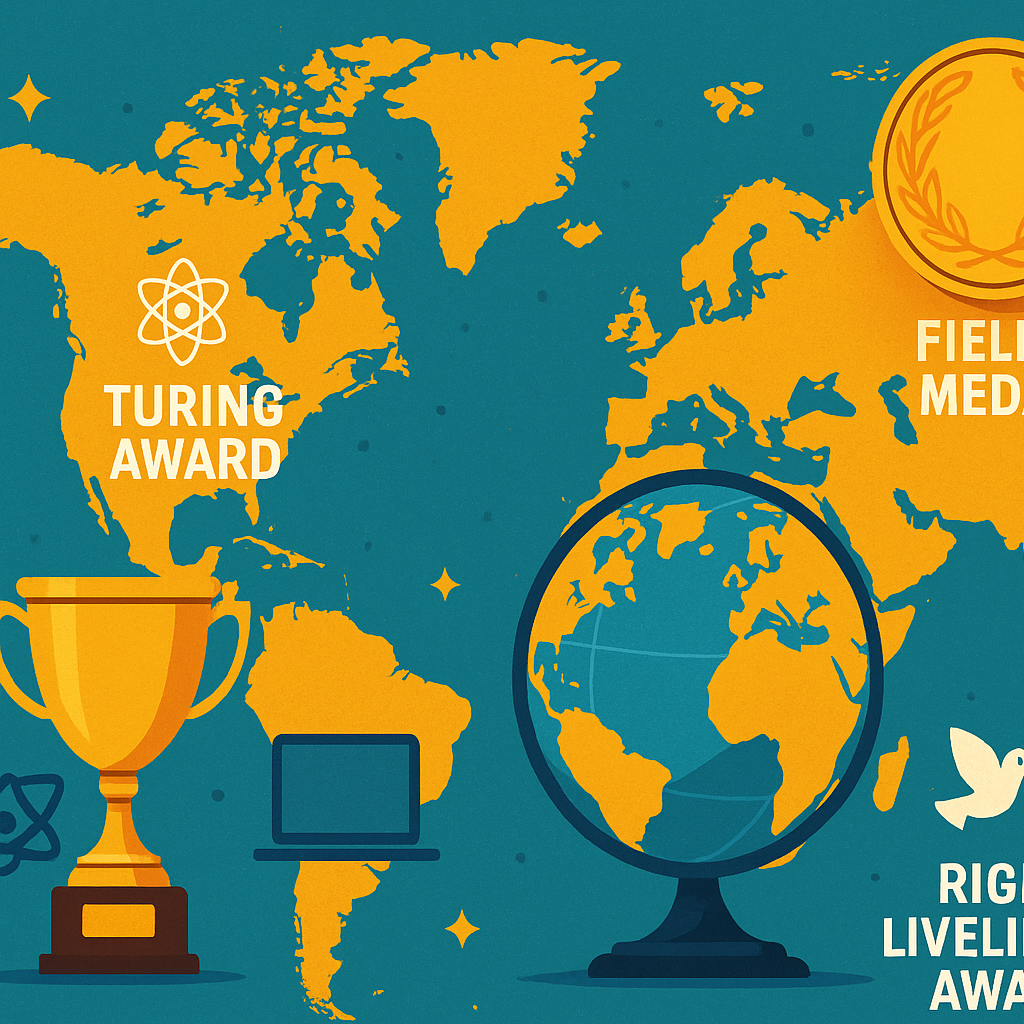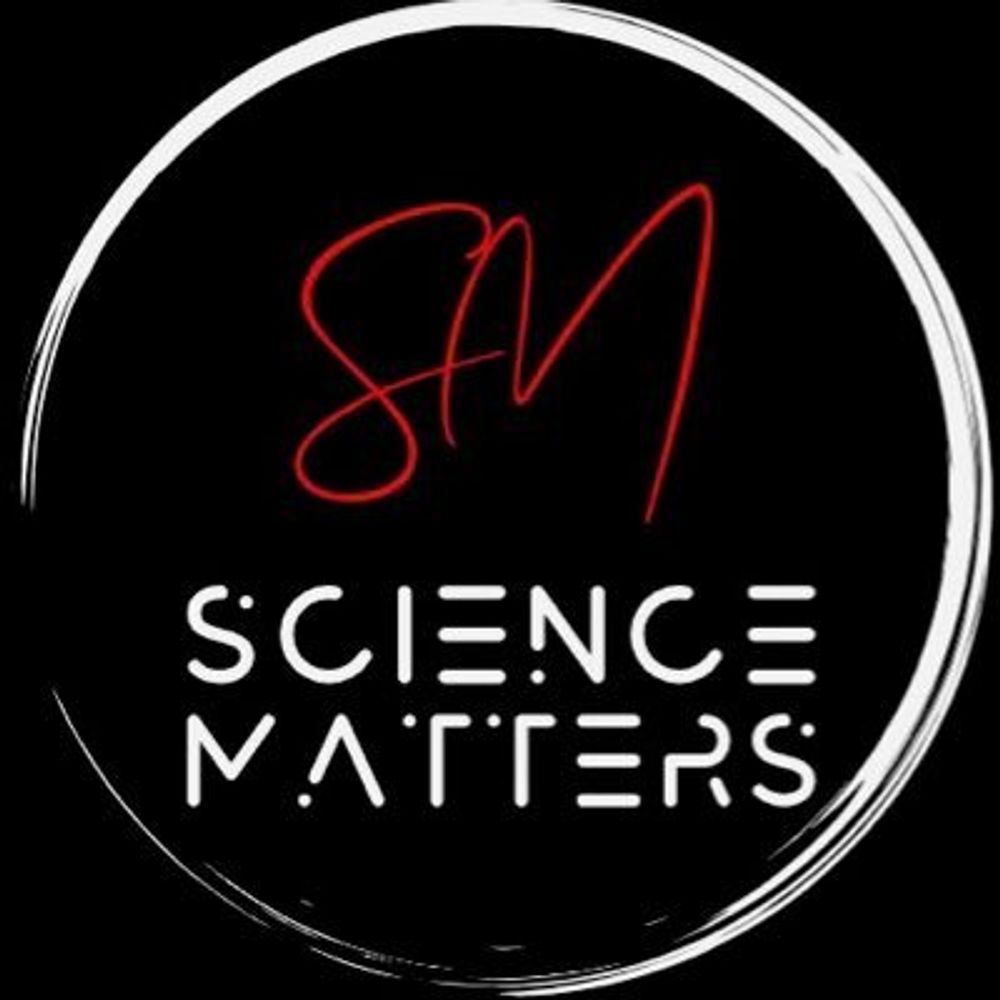What do a groundbreaking algorithm and a revolutionary environmental campaign have in common? Both have earned their creators accolades rivaling the Nobel Prize in prestige. While the Nobel remains the gold standard of recognition, dozens of lesser-known global awards offer life-changing funding, career advancement, and international acclaim. For researchers, doctors, and academics, understanding this landscape could unlock doors to collaborations, grants, and legacy-building opportunities.
This article explores the world’s most coveted awards across science, medicine, and humanities, detailing their criteria, prize money, and strategies for positioning your work to compete.
The Nobel gap: Why these awards matter
The Nobel Prize dominates public imagination, but its limited categories—physics, chemistry, medicine, literature, peace, and economics—leave entire fields unrecognised. Mathematics, computing, environmental science, and architecture lack a dedicated Nobel, creating space for alternative awards to fill the void. Many offer larger cash prizes, younger age thresholds, or niche focus areas critical for modern research.
For professionals, targeting these awards is strategic. Winning or even being shortlisted elevates institutional profiles, attracts media attention, and signals credibility to funding bodies. A 2020 study in Research Policy found that laureates of major prizes saw a 72% increase in citation rates for their prior work post-award.
Category 1: The Nobels of science and technology
Turing Award: The ‘Nobel of computing’
Named after codebreaking pioneer Alan Turing, this award honours contributions to computer science. Administered by the Association for Computing Machinery (ACM), it includes a $1 million prize. Recent winners include deep learning innovators Yoshua Bengio and Yann LeCun. Unlike the Nobel, it has no age limit, making it accessible to both early and late-career researchers.
Fields Medal vs Abel Prize: Mathematics’ top honours
The Fields Medal, often termed the ‘Nobel of mathematics’, awards researchers under 40 for groundbreaking work. With a 15,000 CAD prize and gold medal, it prioritises future potential over lifetime achievement. By contrast, Norway’s Abel Prize, worth 7.5 million NOK (~£550,000), recognises cumulative contributions, rewarding veterans like Andrew Wiles for solving Fermat’s Last Theorem.
Breakthrough Prizes: Silicon Valley’s answer to the Nobel
Funded by Meta’s Mark Zuckerberg and Google’s Sergey Brin, these $3 million awards span life sciences, fundamental physics, and mathematics. Notable for their glitzy ceremonies and celebrity presenters, they reward ‘transformative’ advances, such as CRISPR gene-editing technology.
Category 2: Environmental and medical milestones
Goldman Environmental Prize: Grassroots changemakers
Dubbed the ‘Green Nobel’, this $200,000 award honours activists combating deforestation, pollution, and climate injustice. Recent laureates include Belizean marine biologist Oceana Velásquez, who spearheaded coral reef conservation policies.
Lasker Awards: America’s launchpad to the Nobel
Over 95 Lasker winners have later received Nobels, including mRNA vaccine pioneers Katalin Karikó and Drew Weissman. With $250,000 prizes in basic research, clinical science, and public service, it prioritises translational impact.
Crafoord Prize: Bridging Nobel omissions
Awarded by the Royal Swedish Academy, the same body that selects Nobel laureates, this 6 million SEK (~£450,000) prize targets fields like astronomy, ecology, and rheumatology. It offers a unique stamp of approval from the Nobel’s gatekeepers.
Category 3: Humanities, arts, and interdisciplinary excellence
Kyoto Prize: Japan’s Nobel for philosophy and arts
The Inamori Foundation awards ¥100 million (~£550,000) to luminaries in advanced technology, philosophy, and arts. Philosopher Martha Nussbaum and primatologist Jane Goodall are among past winners, reflecting its blend of academic and cultural impact.
Wolf Prize: Israel’s interdisciplinary accolade
With $100,000 prizes in agriculture, chemistry, and the arts, the Wolf Prize often previews future Nobel laureates. Stephen Hawking won in physics before his Nobel eligibility expired (the Nobel is not awarded posthumously).
Pritzker Architecture Prize: Building legacies
Architecture’s highest honour includes a $100,000 grant and bronze medallion. 2023 winner Sir David Chipperfield was recognised for reimagining urban sustainability, showing how design intersects with environmental science.
The dark horse: Right Livelihood Award
Founded in 1980 as the ‘Alternative Nobel’, this 1 million SEK (~£75,000) prize spotlights overlooked human rights and environmental defenders. While smaller in monetary value, its global platform has amplified voices like Greta Thunberg’s climate activism.
How to apply: A step-by-step guide for researchers
Step 1: Align your work with award criteria
Most prizes target specific outcomes: theoretical breakthroughs (Fields Medal), applied solutions (Goldman Prize), or lifetime impact (Abel Prize). Study past winners’ profiles. The Lasker Foundation, for instance, prioritises research that transitions from labs to clinics.
Step 2: Build a nomination portfolio
Many awards require third-party nominations. Cultivate recommenders early—department heads, journal editors, or prior laureates. For the Turing Award, ACM members can nominate, but letters must detail how the work ‘shaped computing’s trajectory’.
Step 3: Highlight multidisciplinary impact
Prizes like Kyoto and Wolf favour cross-disciplinary influence. A 2022 Kyoto Prize went to philosopher Kwame Anthony Appiah for bridging ethics and genetics. Frame your research to show ripple effects: a medical discovery enabling AI-driven diagnostics, for example.
Step 4: Track submission cycles
The Fields Medal accepts nominations until 30 June of the award year, while the Breakthrough Prize deadline is 1 April. Create a calendar with key dates, allowing months to prepare materials.
Step 5: Leverage institutional resources
Universities like Oxford and MIT have award strategy offices that draft nomination letters, compile citations, and liaise with committees. If unaffiliated, partner with professional societies like the IEEE or Royal Society.
Why these awards are critical for funding
Winning boosts grant success rates. A 2021 Nature analysis found Breakthrough laureates secured 40% more NIH funding post-award. For early-career researchers, even shortlisting can justify promotion bids. Environmental scientist Dr. Ayana Elizabeth Johnson credits her Goldman Prize nomination for accelerating her ocean policy institute’s $10 million funding round.
With awards like the Breakthrough Prize offering triple the Nobel’s cash reward and the Right Livelihood Award highlighting urgent grassroots work, researchers are increasingly judged by diverse metrics. Does the Nobel’s narrow scope risk obscuring modern innovations in computing or ecology?







